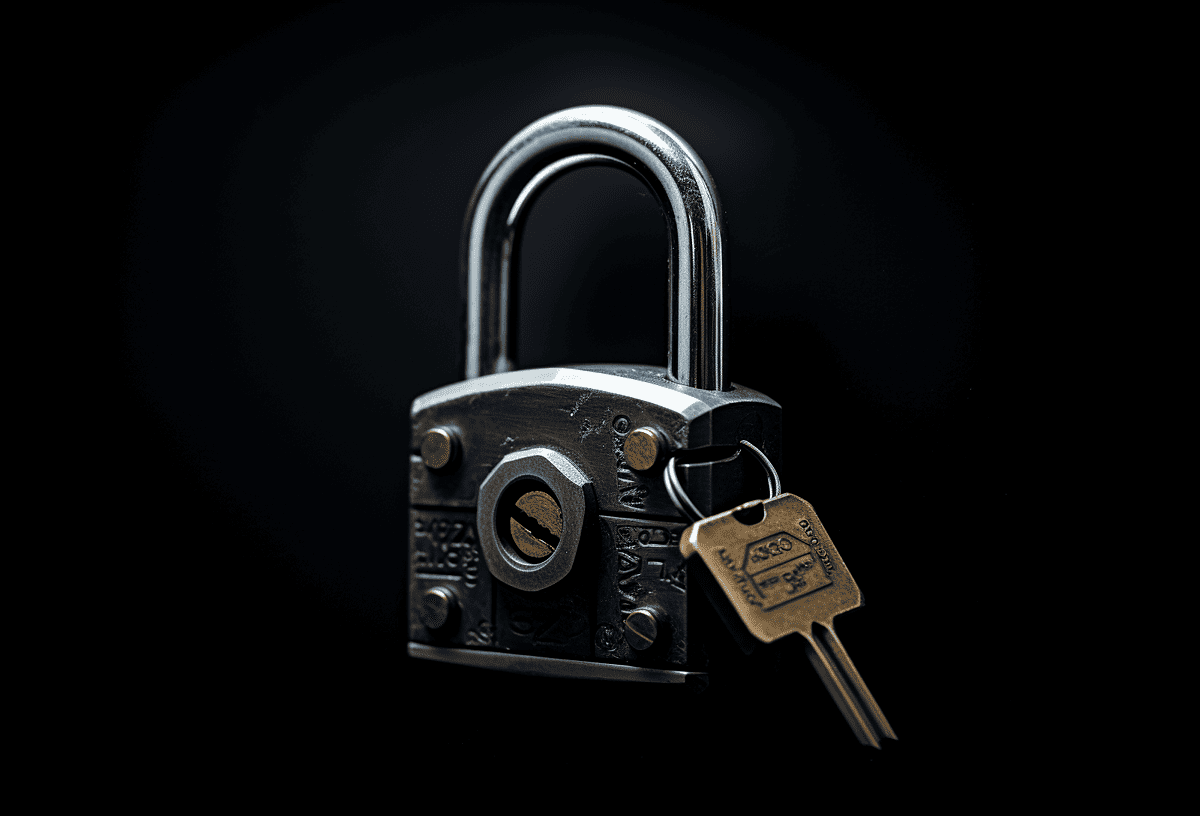Why Your LMS Site Needs an SSL Certificate Now, Not Later
If you’re running a Learning Management System for students or staff-whether in a school, university, or corporate setting-there’s one security feature you absolutely can’t ignore: the SSL certificate. It builds trust, protects user data, and keeps you compliant with key regulations like GDPR and HIPAA.
Without SSL encryption, your LMS could be leaking usernames, passwords, or even exam results into the hands of attackers. And yes, browsers are now publicly warning users – “This site is not secure” is not exactly a confidence booster during student orientation.
Let’s break down why SSL certificates are more than just a checkbox on your web hosting dashboard, and how they’re critical for LMS platforms like Moodle™ software implementations-online learning environments that handle a whole lot of sensitive data.
What SSL Certificates Actually Do for an LMS
SSL certificates-short for Secure Sockets Layer-are digital certificates that encrypt the connection between your LMS site and its users. More precisely, these certificates use the TLS (Transport Layer Security) protocol to establish secure communication. Many people still use “SSL” as shorthand, even though TLS is the real MVP now.
Here’s what a properly configured SSL certificate handles behind the scenes:
- Encryption: Scrambles data like students’ login credentials, passwords, and personally identifiable information (PII) while in transit.
- Authentication: Verifies that your LMS server is the legitimate source-not an impostor phishing URL.
- Data Integrity: Ensures that no one changes or tampers with the info sent back and forth.
An SSL certificate does all of this before the page even loads. The result? That familiar padlock in the browser’s address bar, and the assurance that your LMS uses HTTPS-not just plain old HTTP.
What Happens Without SSL on a Learning Management System
The risks of skipping an SSL certificate are far from theoretical. With no encryption, your LMS becomes a target-rich environment for cyber threats. Here’s how it can unravel quickly:
- Password theft: Without SSL encryption, usernames and passwords are sent in plain text-just waiting for a snooping attacker or bot to grab them.
- Phishing attacks: Attackers can spoof your LMS domain and trick users into entering confidential data, especially during login or payment processes.
- Data leaks: Anything from feedback surveys to scanned student IDs could be intercepted during transit.
- Noncompliance fines: Many privacy frameworks (GDPR, HIPAA, etc.) require encrypted data transmission. Skip SSL, and you may face fines hefty enough to buy an entire new IT department.
- Loss of trust: Browsers like Chrome or Firefox now loudly notify users when a connection isn’t secure. That does wonders for your LMS reputation-if you’re into reputation damage, that is.
SSL and HTTPS: A Small Setup With Big Impacts
Once enabled, your SSL certificate activates HTTPS (Hypertext Transfer Protocol Secure) across your LMS. Most modern systems, including Moodle™ software platforms, support forced HTTPS sessions-meaning users can’t even accidentally use an insecure connection.
So why does HTTPS matter to your LMS? Because it:
- Protects every user session, especially during login, course access, and submission of assignments.
- Prevents infiltration by man-in-the-middle (MITM) attackers during exam sessions or live quizzes.
- Acts as a trust signal for students, faculty, and external auditors or stakeholders.
Remember, an unsecured LMS can affect exam integrity, upload reliability, and user confidence. HTTPS is sort of like the bouncer at a VIP club-letting in the right guests and keeping bad guys out.
SSL Certificates Are Essential Under Education Compliance Standards
You can’t just promise security; you need to prove it. That’s where compliance comes in. For any LMS handling sensitive data, several frameworks and certifications recommend or mandate SSL certificates.
Here are some key regulations and standards that your Moodle™ software instance or equivalent LMS platform should align with:
- GDPR: Requires that personal information of EU citizens be encrypted and transmitted over secure protocols like HTTPS.
- HIPAA: For LMS platforms hosting healthcare or nursing coursework, SSL helps secure electronic protected health information (ePHI).
- ISO 27001: Encourages the use of SSL/TLS as part of an overall IT security management system.
- NIST Guidelines: NIST SP 800-52r2 outlines how and when to implement TLS certificates for federal or government-affiliated institutions.
Key SSL Tips for Moodle™-Based LMS Platforms
Here’s where theory meets practice. If you operate a learning platform based on Moodle™ software, these implementation tips will help you integrate SSL the right way:
- Buy from a trusted Certificate Authority (CA): Let’s skip the “free and outdated” route. Choose a trusted CA like DigiCert, GlobalSign, or Let’s Encrypt for reputable encryption.
- Use at least 2048-bit key encryption: Weak RSA keys are about as safe as a paper umbrella in a thunderstorm.
- Check your server supports TLS 1.2 or 1.3: These are the only versions generally considered secure.
- Force HTTPS in Moodle™ software settings: Go to Site Administration > Security > HTTP Security and enable “Force HTTPS” to redirect all traffic.
- Test your HTTPS URL after setup: Use a tool like SSL Labs’ SSL Test to validate the certificate chain, expiration, and cipher strength.
Extra Security Settings for SSL-Enabled LMS Sites
Once your SSL certificate is installed and verified, consider stacking other security features to create a robust defense:
- Enable strong password policies: Require complex passwords and encourage password resets every 90 days.
- Use SSO (Single Sign-On): Simplifies authentication and reduces the number of login points-making phishing trickier for attackers.
- Limit user roles: Don’t give admin rights to just anyone. Use detailed user roles to manage privileges effectively.
- Secure your CNAME records: If your LMS is hosted on a subdomain, ensure DNS CNAME records are securely configured to avoid hijacking.
FAQs About SSL Certificates for LMS
How to add an SSL certificate in Moodle?
First, obtain an SSL certificate from a trusted Certificate Authority. Then, install it on your web server (Apache, NGINX, etc.) where your Moodle™ software is hosted. Afterwards, log into the Moodle Admin panel and go to Site Administration > Security > HTTP Security > “Force HTTPS for logins and pages.” Save changes to enable site-wide HTTPS. Additionally, consider configuring your web server’s settings to redirect all HTTP traffic to HTTPS, further reinforcing security measures. Regularly check for updates to the SSL certificate and Moodle software to ensure optimal protection. By implementing these practices, you are significantly enhancing Moodle site security.
What is an SSL certificate used for?
An SSL certificate encrypts data sent between users’ browsers and your LMS server. It provides authentication, privacy, and data integrity-essential for protecting login credentials, course content, grades, and other sensitive information.
How do I fix an SSL certificate error?
Check if the SSL certificate is expired, misconfigured, or issued to a different domain. Common solutions include renewing the certificate, correcting server time/date, or reinstalling the certificate with the correct intermediate authority chain.
Final Thoughts and Next Steps
Installing an SSL certificate on your LMS isn’t just about green padlocks-it’s about maintaining student privacy, securing login credentials, and proving you care about data security. Whether you’re managing a local Moodle™ software deployment or a multi-institution setup, adding SSL is a must-not a maybe.
Want help securing your LMS platform? Contact Pukunui Sdn Bhd for a consultation. We’ve helped hundreds of education providers implement secure, compliant learning environments tailored to their needs.

